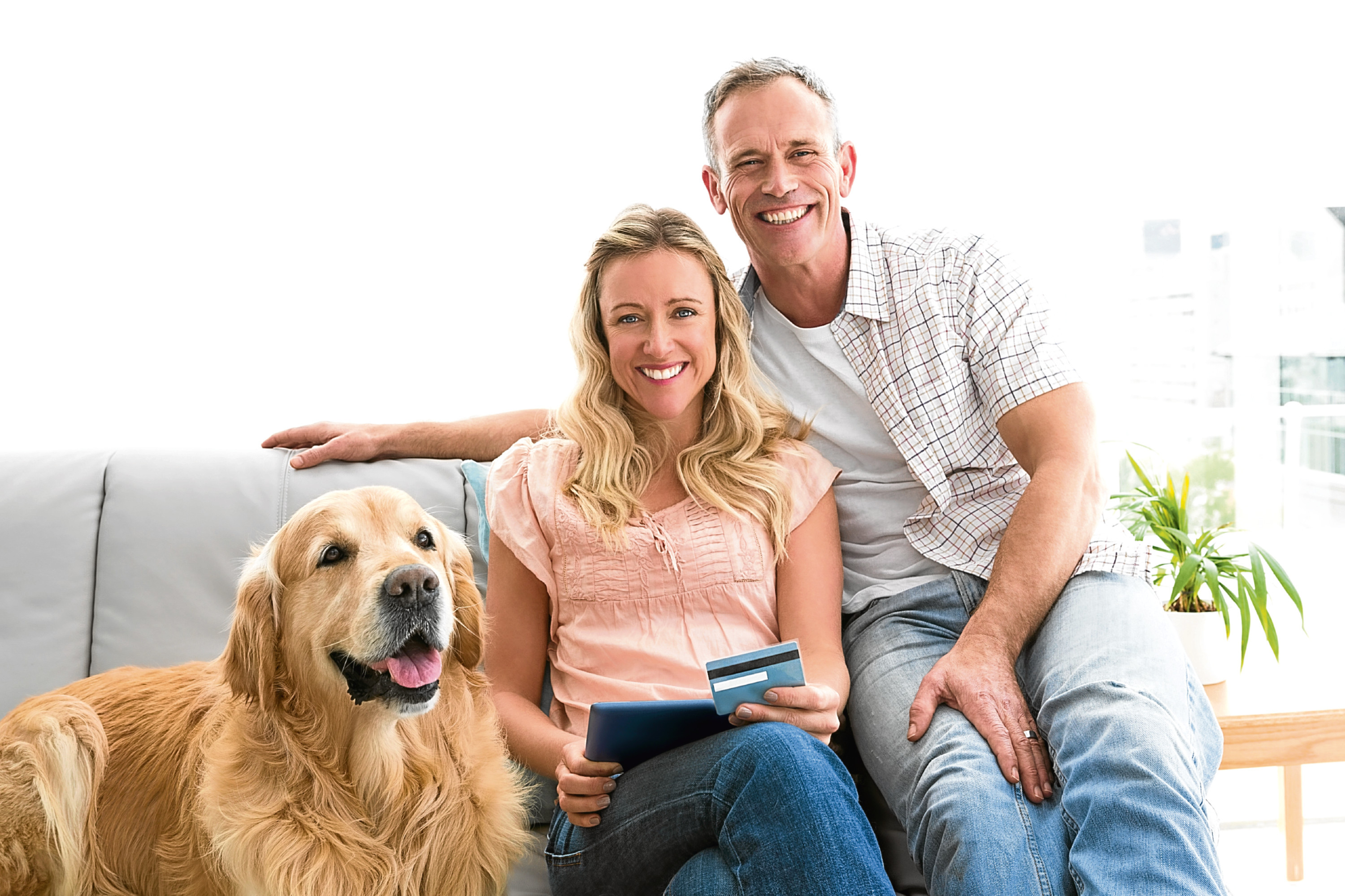
OUR beloved pets feel like part of the family as they provide laughs, cuddles and companionship.
Many animal lovers even claim to prefer the company of their precious pet over their partner.
But the cost can quickly add up, new research suggests.
In the first year of owning a pet, we fork out an average £3500, including the cost of purchasing the animal and set-up expenses such as food, bedding and equipment.
That’s according to a survey of 2300 UK pet owners by Nationwide Home Insurance.
Even a goldfish, which might be seen as a low-maintenance option, can cost hundreds of pounds in the first year.
By the time the owner has forked out on a tank, a pump and a year’s supply of fish food, the cost can run to £769.
The survey also suggested that cat owners could expect to pay around half the amount shelled out by dog owners in the first year.
Cat owners pay £2455, typically, while dog owners spend around £4791 in the first year.
Meanwhile, a rabbit will set you back around £1802.
A lizard was also found to be at the cheaper end of the spectrum, costing around £1788 in the first year, while a guinea pig would mean a bill of £3715 over the same period.
While some costs are predictable, there are also the unexpected expenses, such as if a pet falls ill or causes damage.
According to the Association of British Insurers, a record £706m was paid out in pet insurance claims in 2016. But the ABI said that, while an estimated 40% of households had pets, the vast majority were not insuring them.
Cat owners were more likely than dog owners to risk expensive costs if their pet needed treatment.
Rebecca Hollingsworth, general insurance policy adviser at the ABI, says: “There is no NHS for pets, and the cost of getting quality veterinary treatment can quickly run into thousands of pounds, particularly with rising veterinary costs and a greater range of medical treatments for pets now available.”

Enjoy the convenience of having The Sunday Post delivered as a digital ePaper straight to your smartphone, tablet or computer.
Subscribe for only £5.49 a month and enjoy all the benefits of the printed paper as a digital replica.
Subscribe